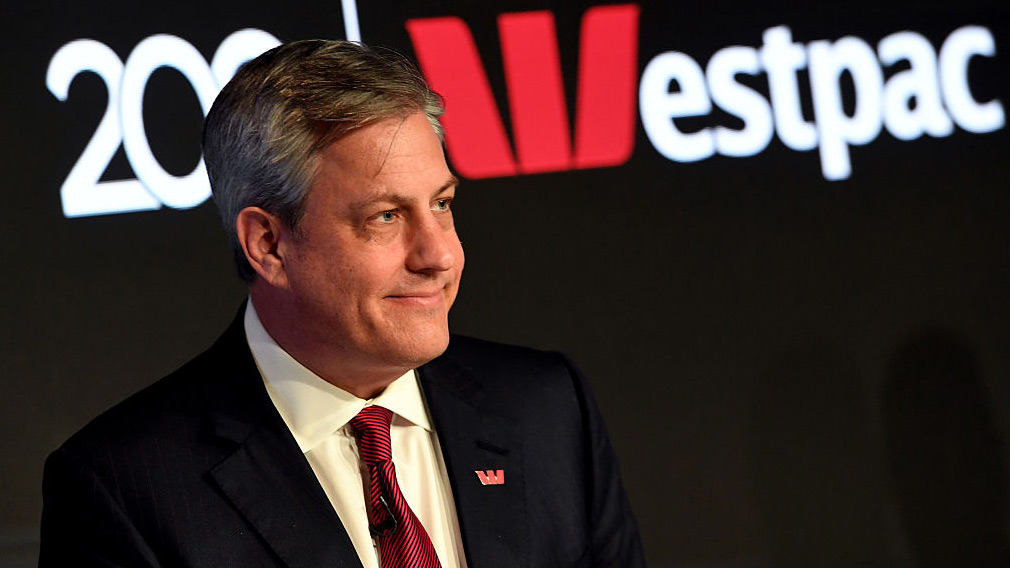Economic crossroad: time for unquestionable certainty

Brian Hartzer says certainty – or at least a level of predictability about the operating environment – is critical to any business.
Despite sparking a lot of media headlines over the past decade, I’d hazard a guess that bank capital ratios are not a particularly hot topic around family dinner tables.
That’s not surprising – it’s a pretty arcane topic, even in a banker’s household.
But the recent announcement by APRA of new "unquestionably strong" capital guidelines is good news for everyone who owns a home, runs a business, or collects a paycheque. That’s because, after many years of uncertainty, banks now have certainty around how much extra capital they will need to hold.
As the Federal Treasurer said at the time, strengthening Australia’s financial resilience underpinned “some of the biggest decisions we make, including buying a home or starting a business”.
Under APRA’s new rules, the major banks will need to lift the ratio of tier one capital to 10.5 per cent of risk weighted assets by 2020 in order to meet the definition of "unquestionably strong". For Westpac, this represents a modest increase from our current level of 10 per cent – which already marks us as one of the most highly capitalised banks in the world.
That resilience provides certainty – and certainty is one of the most of important underpinnings of continued prosperity.
A decade on from the GFC, it’s also good to have a level of certainty on what capital level regulators require. That’s because higher capital comes at a cost that ultimately flows through to the economy, so giving banks a level of certainty on capital helps banks provide more stability on lending appetite and pricing to their customers.
A bank’s capital – which is the difference between the value of its loans and other assets and the amount it has borrowed from depositors and other bondholders – is the ultimate cushion to absorb losses when times get tough. And having a big capital cushion means that if there were to be a big downturn, banks could take the hit but continue lending to support the economy, rather than pulling back on lending and making a bad situation worse.
This is essential for a country like Australia – which imports more goods and services than it exports – because it relies on its banks to be able to raise funding from overseas investors to fund its economy. Those investors have choices – and they would readily move their money elsewhere (or at least, demand a much higher interest rate) if they didn’t have confidence in an Australian bank’s resilience.
Thankfully, Australian banks and their regulators have long recognised the importance of resilience – which allowed us to navigate the GFC while continuing to support our economy. This is not something to be taken for granted: Only recently Spain’s Santander had to rescue rival Banco Popular (Spain’s sixth biggest lender), which never fully recovered from the GFC.
As Australia’s oldest bank, we’ve supported efforts by APRA to increase bank capital levels, despite some disagreements on the amount required and the timing. In aggregate, the big four banks in Australia have increased their common equity tier one capital from $107 billion in March of 2013 to $160bn in March this year – a 50 per cent increase.
Westpac alone has increased the amount of "tier one" capital – which includes our shareholders’ funds and retained earnings – from $27bn to $40bn over that period. A strong capital base – along with a long-term funding profile and large liquid asset base – provides certainty (or at least, a very high level of confidence) to depositors and bond investors that their money is safe.
Certainty – or at least a level of predictability about the operating environment – is critical to any business. While we often hear about "business confidence" as a driver of economic growth, that confidence is really a function of two things: Opportunity, i.e., "Do I see opportunities to grow my business?" and certainty: "Do I know what the operating, regulatory, and tax environment will be over the life of my investment?"
When I speak to our customers around the country, I often hear the same story: “I see the opportunity to invest, but I’m uncertain about the environment that I’m facing – so I’ll wait.”
This will only change by providing the two critical ingredients – opportunity and certainty – so that private businesses will invest and drive growth, create jobs, and generate taxes that fund government services.
Policy uncertainty does the opposite.
This is one of the reasons why we don’t agree with initiatives like the government’s new bank levy: the lack of thorough consultation and constantly shifting justifications by the Government made it look like a budget action that was driven more by political calculation than sound policy justification. And both small and large businesses look at decisions like this and wonder: Am I next?
South Australia’s state government bank tax was even more alarming, particularly to many of our offshore investors who provide some of the funding that we lend to customers. With the highest unemployment rate in the Commonwealth, and banks like Westpac as some of the largest private employers in the state, why on earth would you introduce a budget measure that sends a clear message that successful businesses will be punished?
While Australia has enjoyed a record-equalling 26 years of economic growth, we can’t overlook the challenges ahead such as record low wages growth, lower commodity prices and an uncertain construction outlook.
This fact should be at the core of every debate we have in Australia about how to drive another 26 years of prosperity, rather than assuming that some of our best industries – including mining, financial services and healthcare – will always carry the load.
In fact, I could argue that government’s mantra should be “growth and jobs”, rather than “jobs and growth”. Increasing taxes on successful businesses doesn't create growth and jobs; giving businesses more certainty about the policy environment does.
Westpac's head of macro strategy explains APRA's capital requirements for banks.


